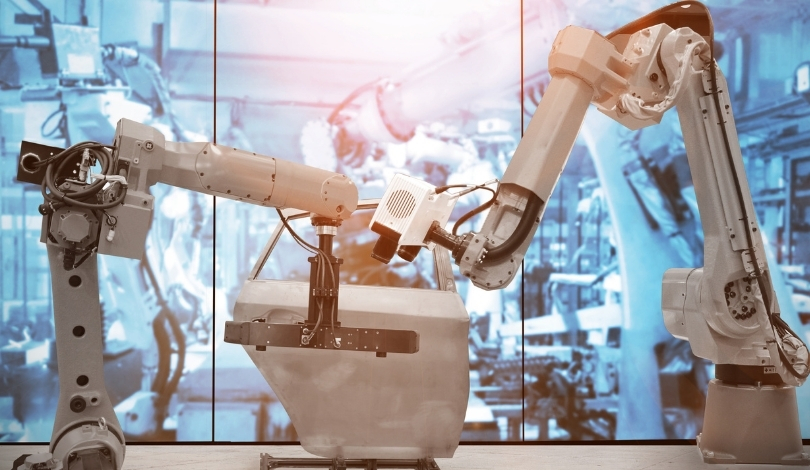Robotics professionals, entrepreneurs, and technology strategists have gathered in Santa Clara for Day 2 of RoboBusiness 2025, highlighting the event’s ambition to foster discussions that shape tomorrow’s automation landscape. Attendees are exploring developments in robotics, from new business models to advanced machine intelligence, through keynotes, panels, and interactive workshops. Companies and innovators are exchanging practical insights critical for scaling robotics deployments and narrowing the competitive gap with global players. Conferences like this not only showcase technology but also reveal industry challenges, evolving collaboration models, and future directions for robotics and automation worldwide.
Looking at previous years, RoboBusiness events have regularly emphasized emerging startups, AI-driven automation, and the growth of robotics in logistics and healthcare. Newer editions, including this year, continue this trend, but with deeper international panels addressing the rapid expansion of Chinese robotics and more practical sessions targeting real-world deployment. The visibility and importance of the Pitchfire startup competition and sessions on diversity—including the Women in Robotics Lunch—have also increased notably in scope and prominence, reflecting a broader industry shift toward inclusion and practical application.
What Opportunities Do Industry Keynotes Offer?
Day 2 began with a keynote addressing the current state of the robotics sector, drawing on expertise from leaders representing firms such as F-Prime, Cobot, NVIDIA, and DHL Supply Chain. Through direct dialogue and shared experiences, they discussed operational realities and market shifts influencing the industry. Jon Battles from Cobot commented,
“We’re seeing technology strategy align more closely with end-user needs than ever before.”
During a later panel, leaders considered how North America and Europe could address lagging robotics adoption rates compared to China, with Jeff Burnstein of A3 remarking,
“Building collaborative international frameworks is key for sustainable robotics growth.”
How Are Technical Breakouts Shaping Conversations?
Breakout sessions covered a spectrum of operational issues—deploying AI-powered robots in manufacturing, developing outdoor and dexterous systems, robot investment strategies, and technical advances in actuation and edge computing. Notably, sessions featured speakers from GrayMatter Robotics, Amazon Robotics, Bear Robotics, and Diligent Robotics, emphasizing moving from early prototypes to field-ready automation and seamless scaling. Attendees learned from use cases in both established firms and startups, which fostered knowledge-sharing across sectors.
What Role Does Diversity and Startup Participation Play?
Beyond technical workshops, the event featured initiatives like the Women in Robotics Lunch, spotlighting the journeys of Dusty Robotics and MassRobotics leaders in construction robotics and industry influence. The Engineering Theater’s Pitchfire competition continued to provide early-stage companies a forum to present novel ideas and gain industry feedback. By integrating perspectives from varied backgrounds and stages of company maturity, RoboBusiness aimed to accelerate network-building and bridge industry gaps.
The day ended with a keynote centered on surgical robotics from Intuitive Surgical. Iman Jeddi discussed the redesigned da Vinci 5 system and its enhanced computing and force feedback capabilities. This session provided insights into how foundational improvements in platforms can directly influence surgical workflows, with Intuitive Surgical placing emphasis on integrating advanced machine vision and real-time data for medical professionals. These discussions underscore the broad applications of robotics, from logistics and manufacturing to life sciences.
Many robotics professionals look to events like RoboBusiness 2025 for actionable perspectives and industry alignment. Exposure to both strategic and technical content helps organizations assess new challenges, such as workforce dynamics, regulatory hurdles, and balancing commercial viability with innovation. Readers interested in robotics and automation should track developments showcased at such gatherings, as these trends often signal broader shifts in production, investment, and operational practices. The inclusion of startup competitions, diversity forums, and technical case studies serves as a reminder that building the next generation of robotics solutions requires strong ecosystems, informed dialogue, and multi-level collaboration.










